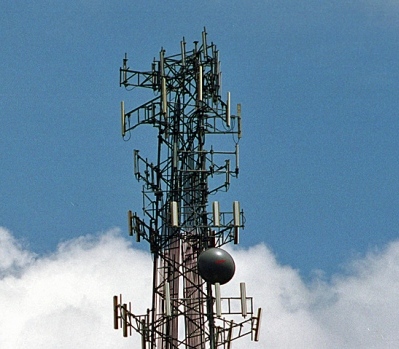Scientist support wireless radiation health studies
 Wellbeing Canada ought to "forcefully" investigate the conceivable connection between remote wireless transmissions and disease and ought to educate Canadians how they can constrain their introduction to such electromagnetic fields while utilizing cellphones, an expert exploratory board proposes.
Wellbeing Canada ought to "forcefully" investigate the conceivable connection between remote wireless transmissions and disease and ought to educate Canadians how they can constrain their introduction to such electromagnetic fields while utilizing cellphones, an expert exploratory board proposes.
In any case, the board found that Health Canada rules for human presentation to remote wireless transmissions from cell towers, radio and TV telecast reception apparatuses and different remote engineering give enough security from the two made wellbeing impacts from high-controlled introduction to those frequencies:
Heat harm, for example, smolders, electrical stuns or nerve incitement.
While the board took a look at studies about other wellbeing impacts, those impacts couldn't be affirmed in light of the fact that they were not reliably seen in various thorough studies.
The board, gathered by the Royal Society of Canada, was asked by Health Canada to do an investigative dissection of the office's most recent redesign to Safety Code 6, which sets wellbeing cutoff points for introduction to radiation from radiofrequency fields emitted by remote gadgets and transmitters.
Kenneth Foster, a bioengineering educator at the University of Pennsylvania and a part of the master board, noted that "radiation" hence is basically electromagnetic waves going through the air, in the same way as the light from an electric lamp, and are so feeble there is no option break chemical bonds, dissimilar to all the more capable radiation, for example, X-Rays.